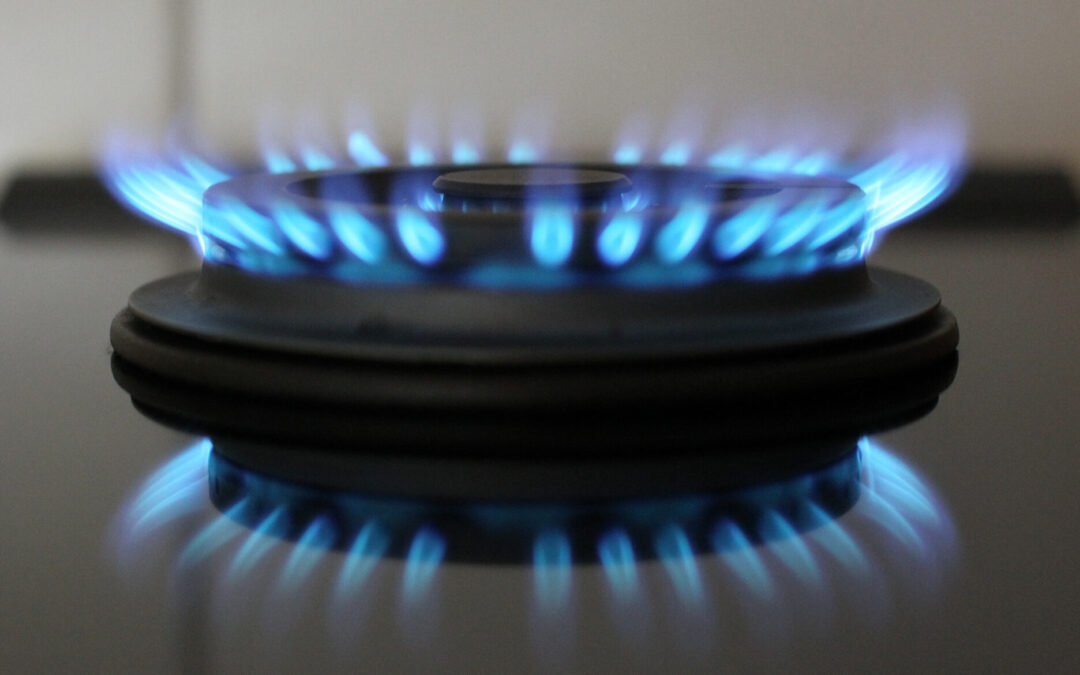Portugal was, in 2023, the European Union (EU) member state with the highest percentage of energy poverty, at 20.8%, on par with Spain, the European Commission announced today, calling for more protection for vulnerable consumers.
The data is part of the State of the Energy Union report, published today by the EU executive in Brussels, in which it is stated that the highest percentages of people unable to keep their homes adequately heated were recorded last year in Portugal and Spain, both countries at 20.8%, followed by Bulgaria (20.7%) and Lithuania (20.0%).
In contrast, Luxembourg (2.1%), Finland (2.6%), Slovenia (3.6%), and Austria (3.9%) recorded the lowest percentages in terms of energy poverty, the institution notes, pointing out that, on average, 10.6% of the EU population cannot keep their homes adequately heated across the 27 member states.
Compared to 2022, this percentage increased by 1.3 percentage points, in a context of energy crisis and inflation.
Emphasizing that the situation of energy poverty varies “among the EU countries that promote measures to protect families,” the European Commission highlights that member states “can act to ensure access to essential services and protect vulnerable consumers from excessive costs, directly combating energy poverty.”
Furthermore, the EU executive adds, “the new energy market legislation will better protect vulnerable households and those affected by energy poverty from being disconnected.”
“In the event of a natural gas price crisis, EU-wide emergency measures can help protect consumers through interventions in retail price caps,” it says.
One of the initiatives implemented under the new energy market legislation was the creation, starting this year, of a Social Climate Fund, which is expected to mobilize at least €86.7 billion in revenue from the European Union Emissions Trading System for the period 2026-2032, including 25% co-financing from countries to contribute to a socially fair transition to climate neutrality.
The fund is expected to finance measures and investments that member states adopt in their social climate plans by June 2025, aiming to help offset the expected increase in energy bills due to the introduction of carbon pricing for heating and transportation.
According to the State of the Energy Union report, in the first half of 2024, half of the electricity production in the EU came from renewable sources.
Regarding gas, as the EU seeks to become independent from Russian supply due to Russia’s invasion of Ukraine, the share of Russian gas in EU imports decreased from 45% in 2021 to 18% in June 2024.
The EU also set targets for reducing gas demand, which allowed consumption to drop by 138 billion cubic meters between August 2022 and May 2024.
The EU reached its winter gas storage target of 90% on August 19, well ahead of the planned deadline of November 1.
 go to the original language article
go to the original language article
